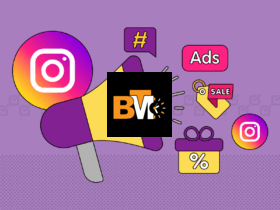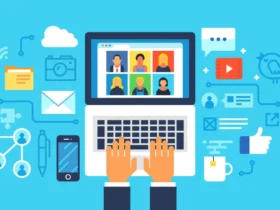Businesses that have been around for a while often have a collection of old materials—photos, videos, printed brochures, training tapes, and more stored away in closets or filing cabinets. These items might seem too outdated to use, but they can still bring value to current marketing efforts.
Today’s content strategies rely heavily on stories, visuals, and authenticity. That’s where old media comes in. With a little work, past materials can help tell the brand’s story, build customer trust, or highlight how far the company has come.
Repurposing old content saves time and adds depth to your marketing. It allows you to use what you already have, rather than starting from scratch every time. All you need is a clear plan and the right tools to bring those pieces into the present.
Step One: Start With What You Have
Before you can use anything, you’ll need to know what’s available. Start by going through your archives. Look for printed items, photographs, company newsletters, and anything stored on outdated formats like VHS tapes or audio cassettes.
Once you know what you have, the next step is to organize and assess it. Group materials by type—video, print, audio, photos—and decide which ones might be useful. Some will be clear winners, like a past commercial or a founder’s interview. Others may need some work.
Physical media, like cassette tapes, will need to be digitized. There are services that can convert cassette to digital, which can allow older audio to be used again, whether for podcasts, throwback posts, or internal training. Once files are in a digital format, they’re easier to edit, store, and share.
Bringing your materials into a digital space is the first step in making them useful again. It also protects them from damage, making it easier to store and access them long-term.
Create Useful Formats for Today’s Platforms
Once you’ve digitized the content, the next step is making it work for current platforms. Old media can be re-edited to match the style and tone of today’s marketing tools. For example, a recorded customer testimonial from the 1990s might be trimmed and posted as a “flashback” clip on social media.
Printed brochures can be scanned and turned into visual content for email newsletters or website banners. Even snippets from training videos can be cut into shorter pieces and used for team building or recruitment.
Think about where your audience spends their time. If you’re active on Instagram or LinkedIn, format the repurposed content to fit there. Add captions, updated branding, or a quick introduction that gives context. These edits help older materials feel fresh while keeping their original charm.
Build Campaigns Around Legacy Themes
Old media is a strong tool for brand storytelling. It works well in campaigns focused on company history, milestones, or long-term growth. These materials help your audience see where the business started and how it has grown. They also bring personality to your content and create a sense of connection with loyal customers.
You can use past ads, founder quotes, or original packaging images to create “then vs. now” posts. These are great for social media but can also fit into your website’s About page or special anniversary campaigns. A short video showing clips from past years with updates on where the company is now can be shared across platforms.
These legacy campaigns are also good for press releases or internal newsletters. They give your brand a deeper backstory and make your content feel more personal and grounded.
Use Legacy Media in Employee or Client Engagement
Old content isn’t just for public marketing. It can also support internal culture and client retention. For example, bringing out photos or footage from company events can be a great way to start a meeting, welcome new hires, or mark an anniversary.
You might also use clips or images in training sessions to show how processes have changed—or stayed consistent—over the years. These touches make the workplace feel more connected and help new employees feel part of something with history.
For clients, sharing a memory from past collaborations or events can bring back a positive experience. A quick email with an old photo and a thank-you message can lead to new conversations or even new business.
Focus on Quality Over Quantity
Repurposing content doesn’t mean using everything you find. Not all materials will fit your current goals. Look for content that still feels relevant or can be edited to match your brand’s style and message.
It’s okay to trim clips, rewrite captions, or update images with new branding. Try to keep the original spirit of the content while making it work for your current audience. One great clip or photo often has more impact than a whole folder of outdated files.
Also, pay attention to sound and image quality. If the original files are poor, work with a professional to clean them up or improve how they look and sound. A small upgrade can make a big difference in how the content is received.
When selecting content to repurpose, think about how it fits your message today. Just because something has history doesn’t mean it still reflects your values or tone. Choose pieces that align with your brand voice and current goals. That way, your legacy content adds value without feeling out of place.
Repurposing old media is a smart way to bring the past into the present. It helps your business make the most of materials that are already part of your story. With the right approach, old photos, tapes, or documents can become useful content for social posts, campaigns, or internal communications.
Instead of letting this material sit in storage, turn it into something active and meaningful. Legacy content holds more value than it may seem—and when used well, it can support your brand in fresh, creative ways.







Leave a Reply